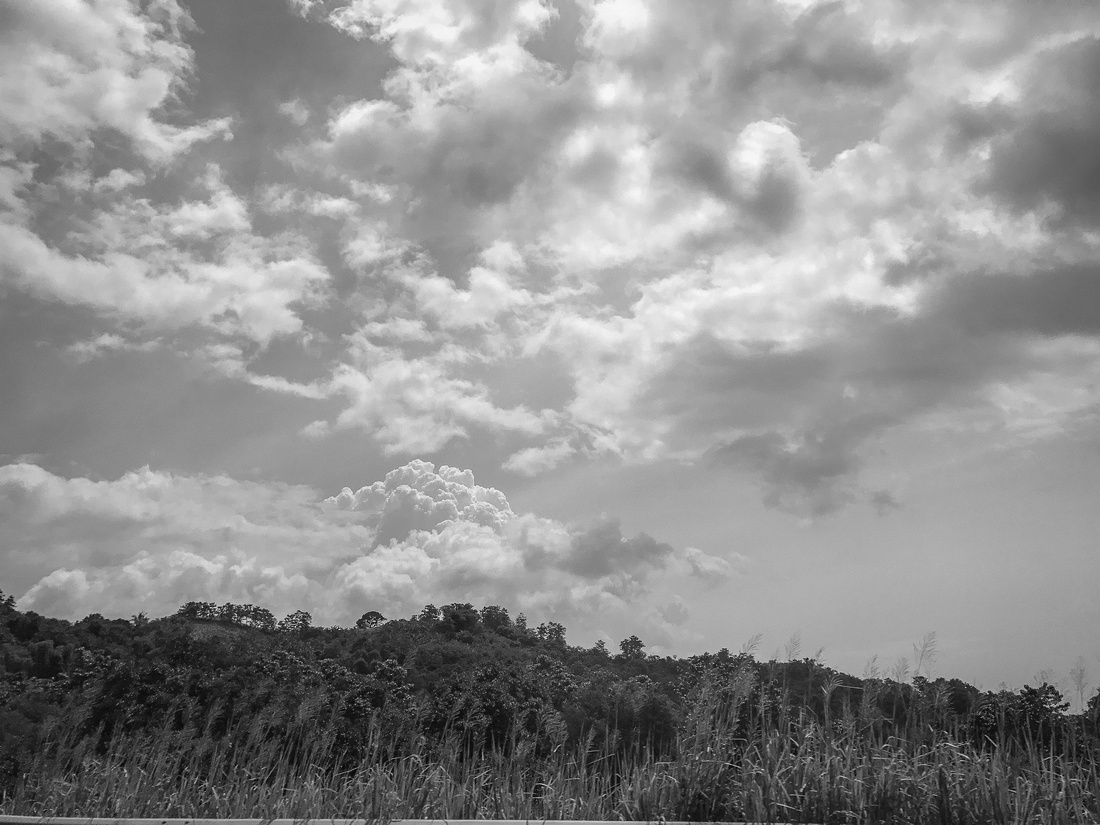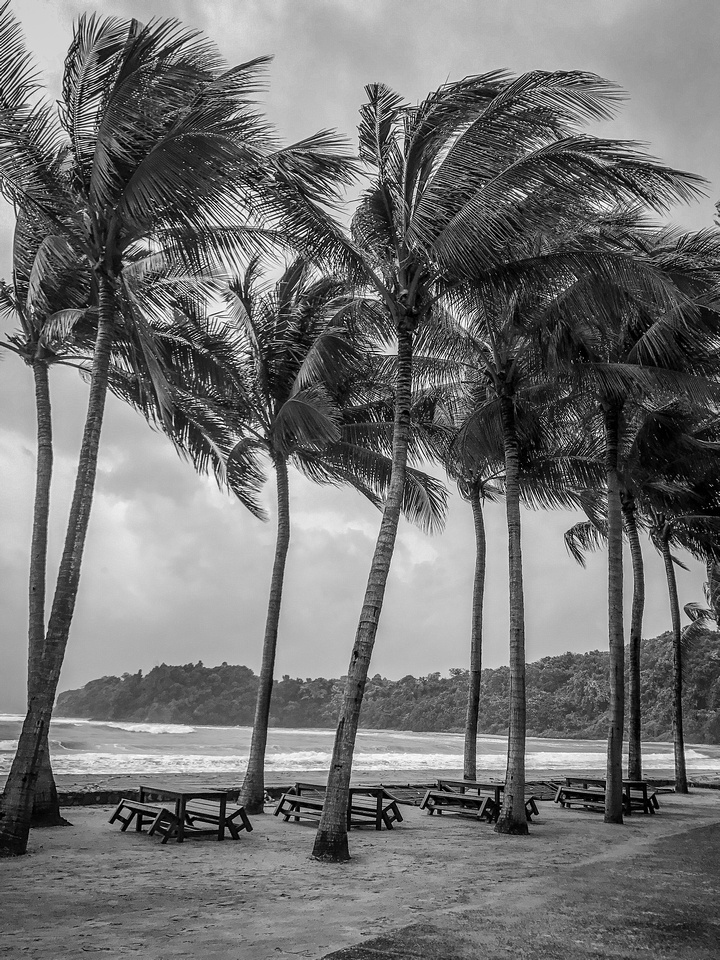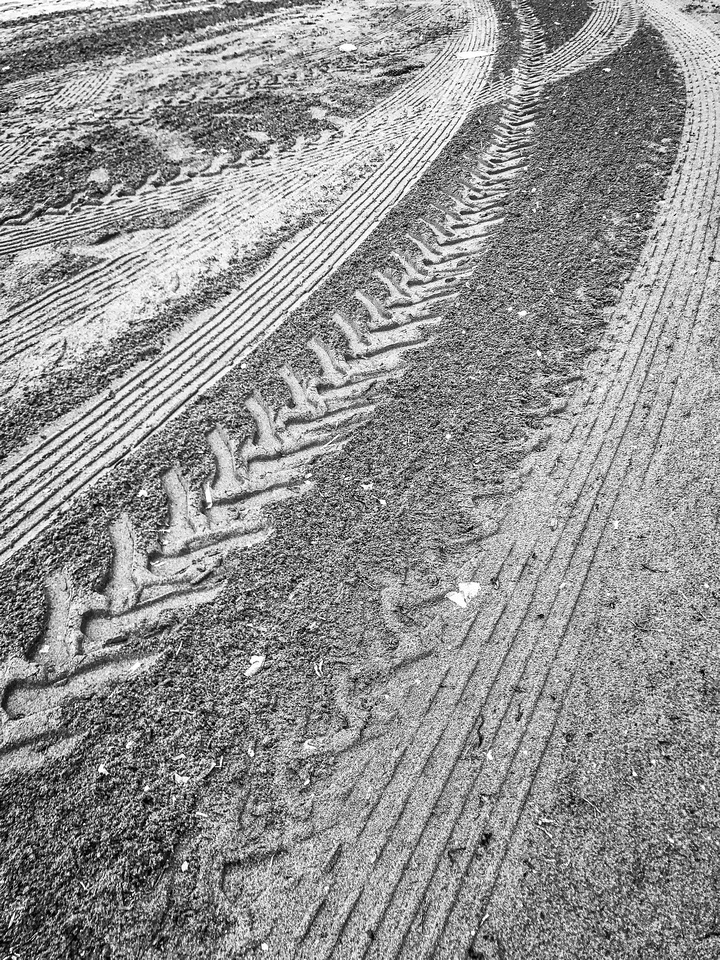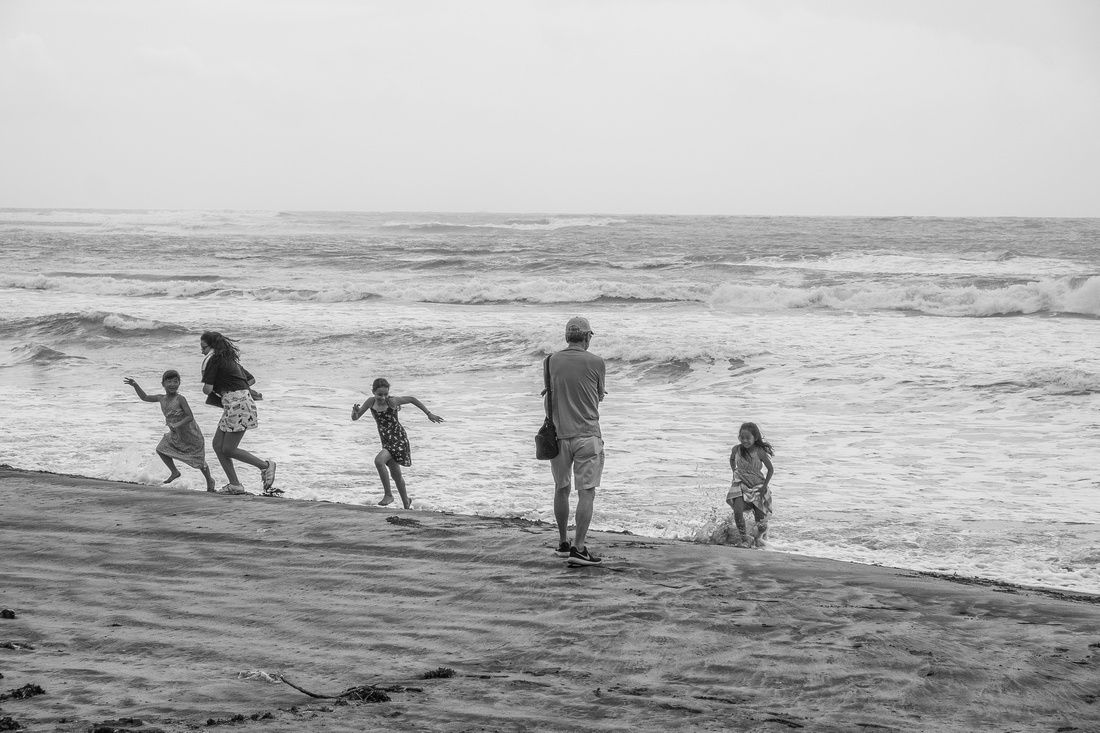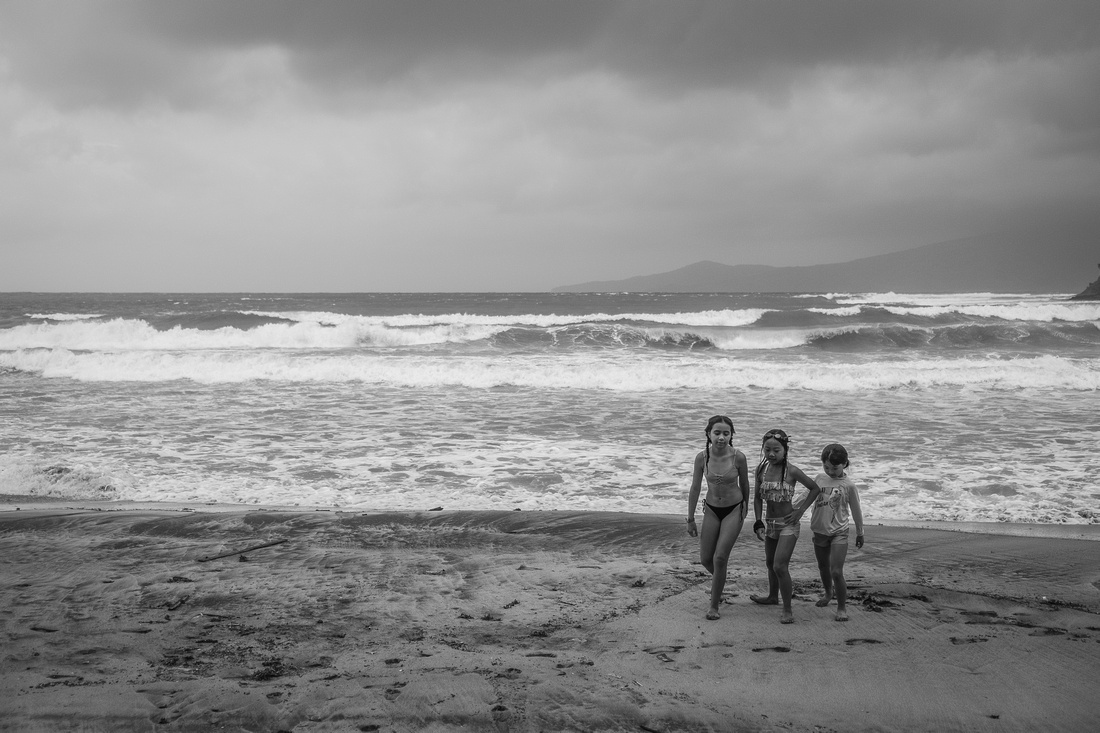Blog #73 S-L-O-W P-H-O-T-O-G-R-A-P-H-Y [SHOOTING THE LEICA G (IIIA)]
Blog #73 S-L-O-W P-H-O-T-O-G-R-A-P-H-Y [SHOOTING THE LEICA G (IIIA)]
Photography [and creativity] runs in families…apparently. About a month ago, my youngest of two brothers, Alex, who lives in Chicago sends me a photo of a Leica III from about 1935. He reports that it was our father’s and that he had it CLA’d recently (that’s cleaned, lubricated, and adjusted for you wanna-be camera geeks out there) although Alex had never shot with it.
“Send it to me”, I said. “I’ll shoot with it”.
Ten days later, I unpack the box and there is it. A stunning and cleverly constructed all metal camera from Oskar Barnack and the Ernst Leitz Group from Wetzler Germany known today simply as Leica.
It was in great condition for an 82 year old machine. It’s small and heavy. Loading film, dialling in proper exposure, focusing using the range finder, and overall making images with this camera is slow, quirky, and down right frustrating at times. It was very easy to completely destroy two rolls of film in the process of getting the thing to work. The first roll was installed backwards (Duh!). The second roll was pretty much shredded as it ran through the camera. Then, it was back to YouTube to watch the film loading tutorials, again. After the film leader gets trimmed, you are supposed to take the lens off the camera, lock up the shutter, and visually inspect the film inside to make sure that it’s in the right place so that it runs through the camera properly, a complicated series of steps compared to more modern machines.


Using an external light meter, you gauge the light conditions, and then dial the aperture ring on the lens, lift and turn the way-to-small and sometimes-stubborn-to-move shutter speed dial, find the focus patch in a tiny and dimly lit view finder with no frame lines, say a short prayer, and press the shutter release button. This process takes a full 10 seconds on average! That’s like an eternity for our modern Snapgramtwitface culture.
After a while you sort of get the hang of it. After all, it’s a Leica, and it’s beautiful and the 50mm f/2 lens is quite capable and makes excellent images. I burned through of couple of rolls of Kodak Tri-X 400 in black and white and then some Portra 400. Sample images are in this blog post so that you can get a sense of what the Leica III with a Summitar 50mm f/2 can do with film.






There are tones of reviewers out there, and I do not intend to add to the existing noise in that department. Nevertheless, if you are looking to get into a Leica system on the cheap, this is the way to do it. You will need a small hand-held light meter as well or just guess and pray. It’s a challenging, fun, and rewarding camera to use. The best part is the channelling of your inner Cartier-Bresson and other great of yesteryear.




So I get some decent images out of this thing after wearing it for a week. Of course I scan them and share them with my family and a few friends. My Uncle Daniel tells me that it was my grandfather Jack’s and that he had a darkroom in their apartment, years ago.
This 1935 Leica was my grandfather’s, then my dad’s, now I have it and it works like a charm. It’s my most special camera now and I will eventually teach Milo, my 10 year old how to use it. He has a Nikon FM2 that he shoots in full manual, but there is a light meter built in to the Nikon, a handy feature indeed.
So there it is, photography runs in families. It’s in my genes. What creative activities have your grandparents been involved with? I’m sure that there are some. At the very minimum, they built families, careers, and they made your parents who, in turn, made you. Creativity is in us all. You just need to know and appreciate that. This is your starting point. The rest is up to you.
The light is always right.
jhg
Blog #58 Micro & Macro Education in Photography
Blog #52 Marc Levoy’s 18 Lectures on Digital Photography
Blog #42 It’s All in the Details
Blog #40 Shooting for the Sport of It


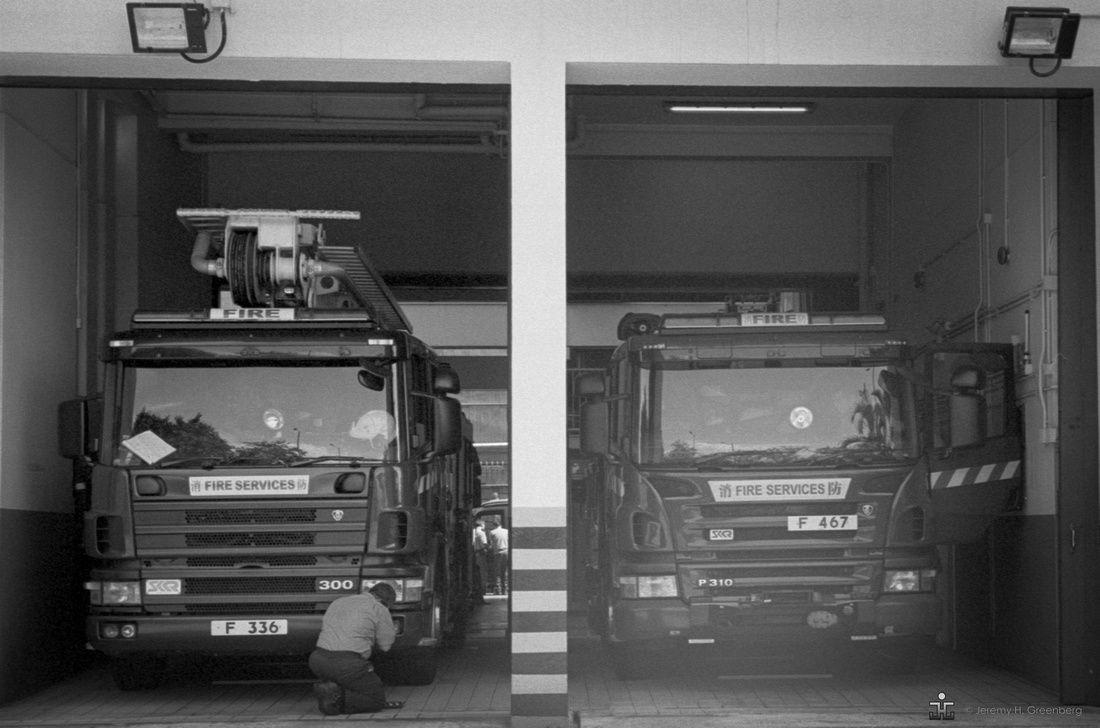

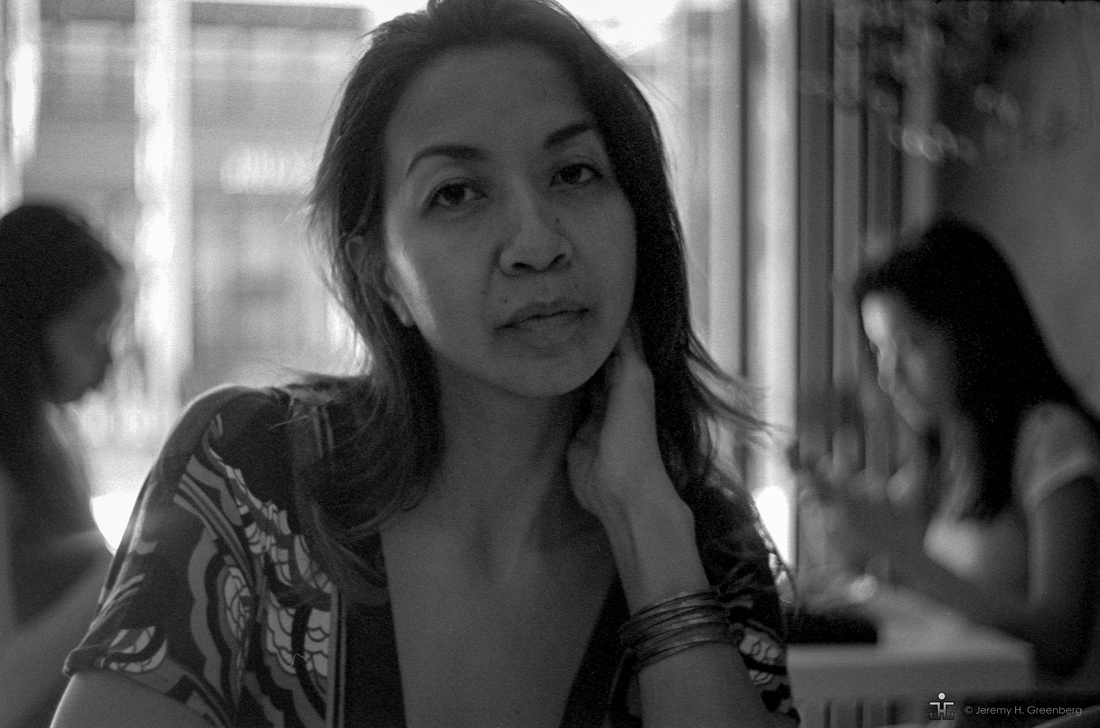

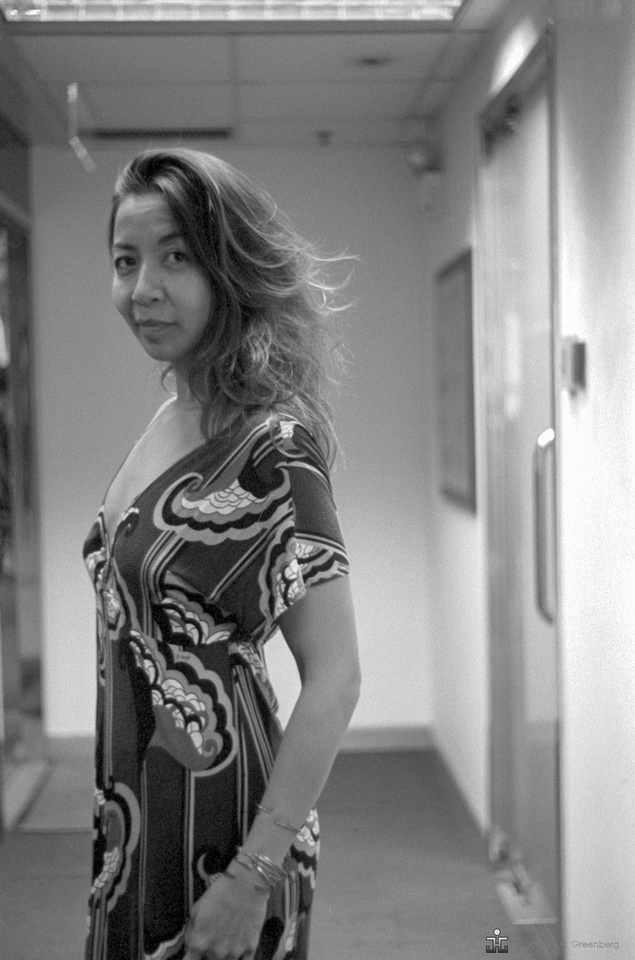



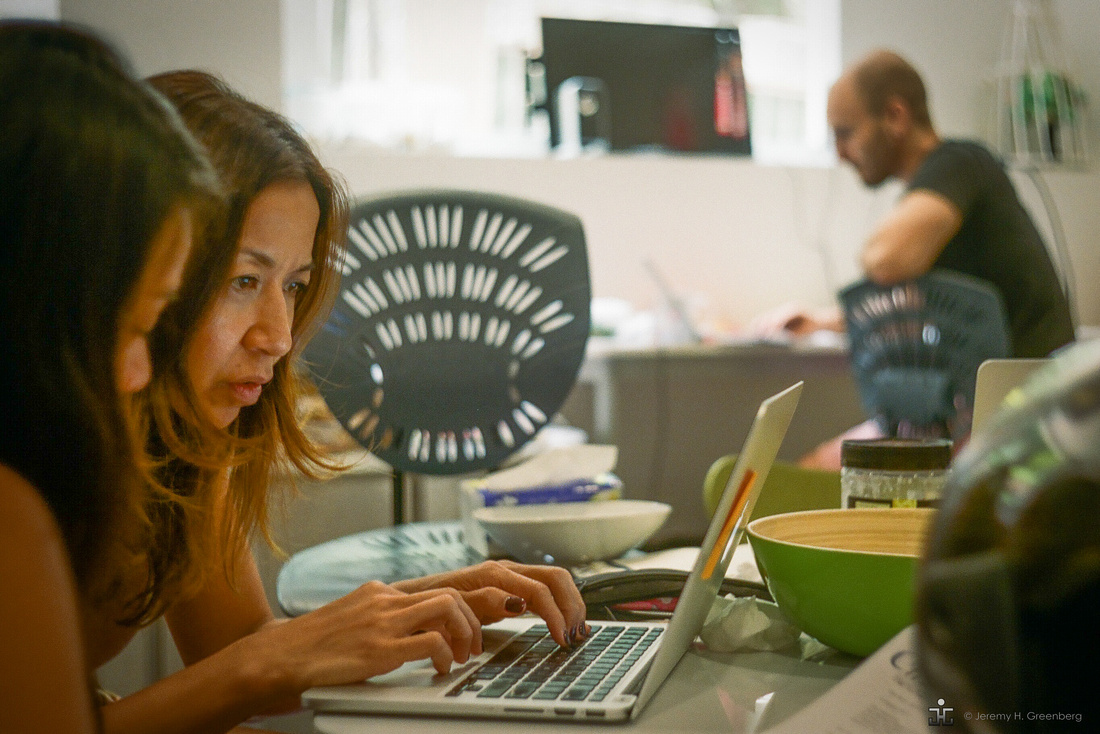

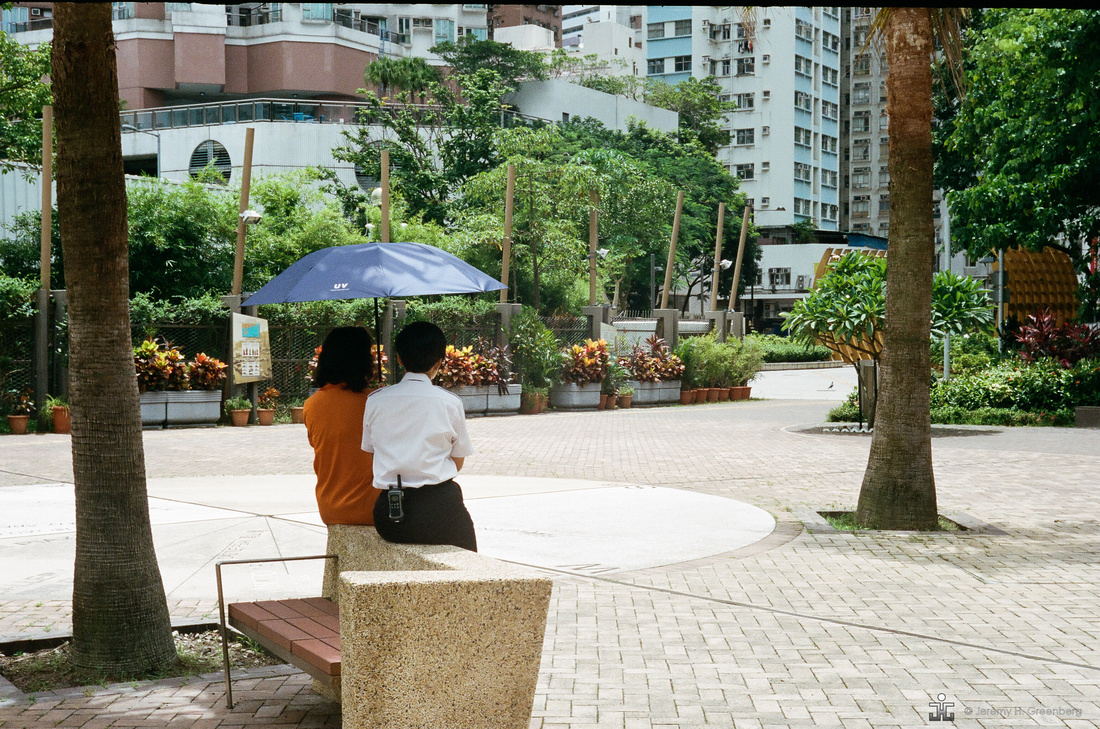





Blog #72 Living the Creative Life
Blog #72 Living the Creative Life
The creative life is definitely the road less travelled by as might be described by poet Robert Frost. The last line his poem titled The Road Not Taken is “And that has made all the difference.”
Walking the creative path, as it were, it not easy. Some of us are there by choice, by compulsion, or other means. Regardless the reason, like a pious existence, is quite challenging. Staying motivated is the name of the game and we all have our ups and downs as we ride our creative rollercoasters through life.
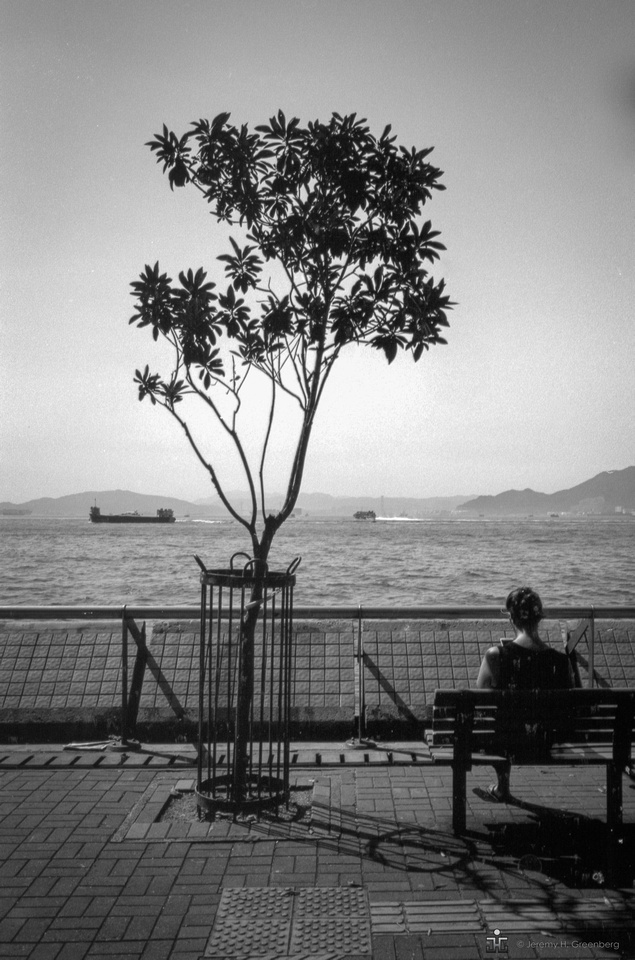

In last week’s Blog on the topic of working creatively, I feel that there is more to explore and share on this complex and personal topic. Isabella Scott in Artsy shares that our most creative years are often after 60. Really? Why must we wait so damn long? Does anyone else simply hate to wait?
In another piece from Artsy, a project titled Art Oracles: Creative & Life Inspiration from Great Artists was described. In this project, there are 50 cards each of which shows a famous artist and contains some words of wisdom that summarise their artist approach, philosophy of life. These cards are entertaining but were also created to assist with creative block. Like writer’s block photographers and other creatives can get stuck, uninspired, or simple lose their drive to make art.
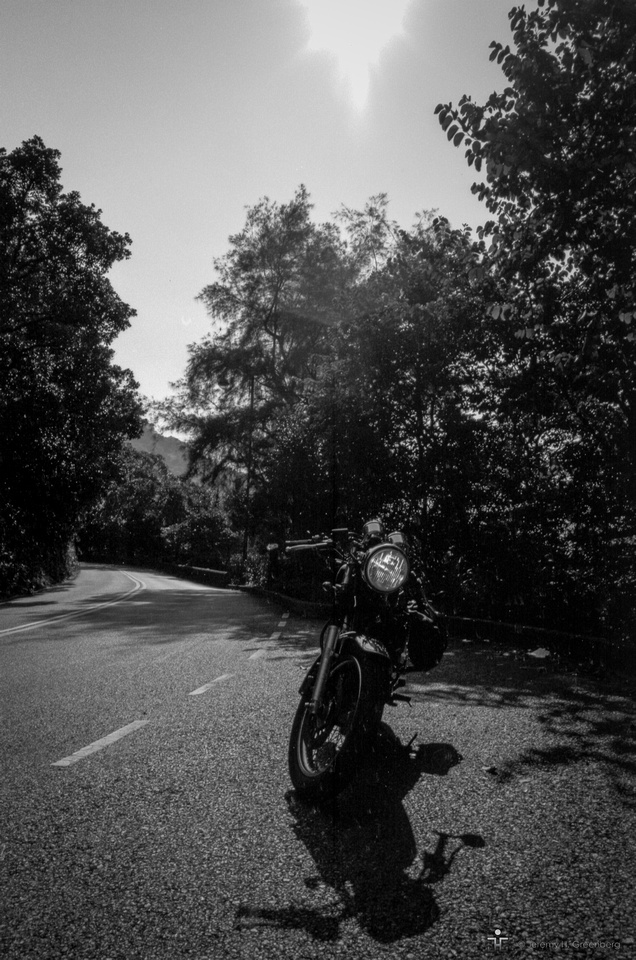

“Inspiration is for amateurs, the rest of us just show up and get to work”,
said brilliant and successful artist and photographer Chuck Close. Most of his work has been done through his being in a wheel-chair, mind you.
I guess that there is no formula for success since we all have different backgrounds and paths ahead that we must travel. If we must work and create, then we must. If we cannot, then we cannot, or we must wait. Each of us must find our own ways to keep the creativity train on the tracks. Patience, persistence, and the need to create art must all be present for novel work to result.
I hear the echoes of the toy fixer guy from the original Toy Story Movie “You can’t rush ART!”
Fine.
Remember, the light is always right.
jhg
*Images in this blog post are original and made with Film Ferrania P30 Alpha Black and White
35mm Film ISO 80*
Blog #58 Micro & Macro Education in Photography
Blog #52 Marc Levoy’s 18 Lectures on Digital Photography
Blog #42 It’s All in the Details
Blog #40 Shooting for the Sport of It
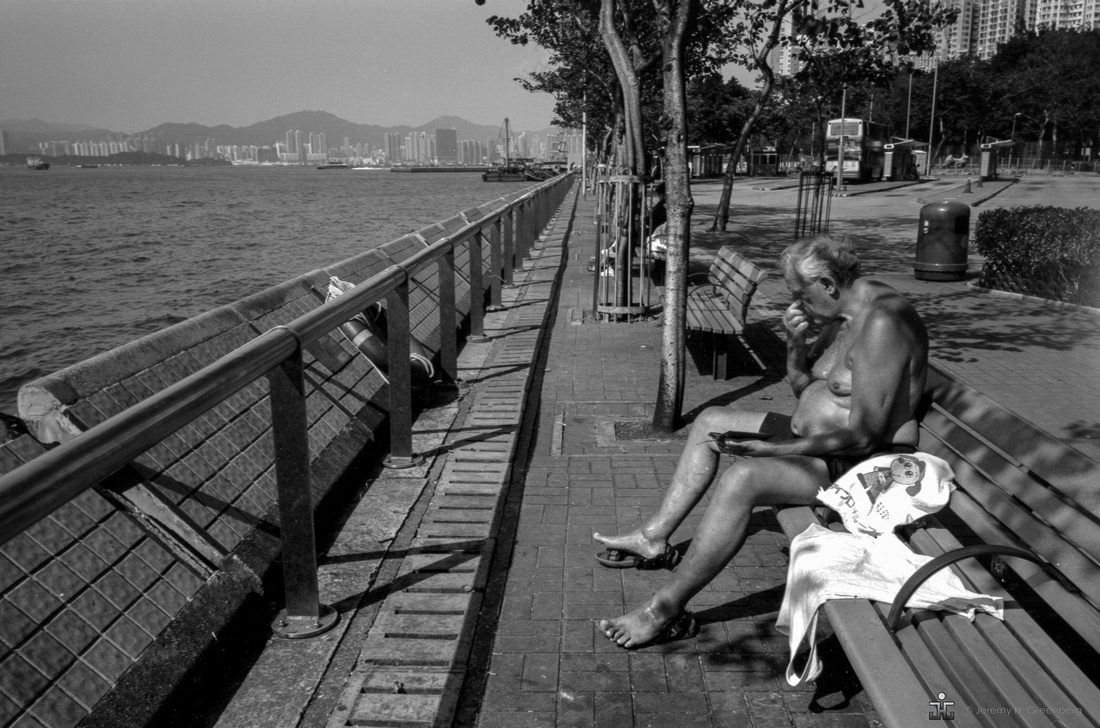

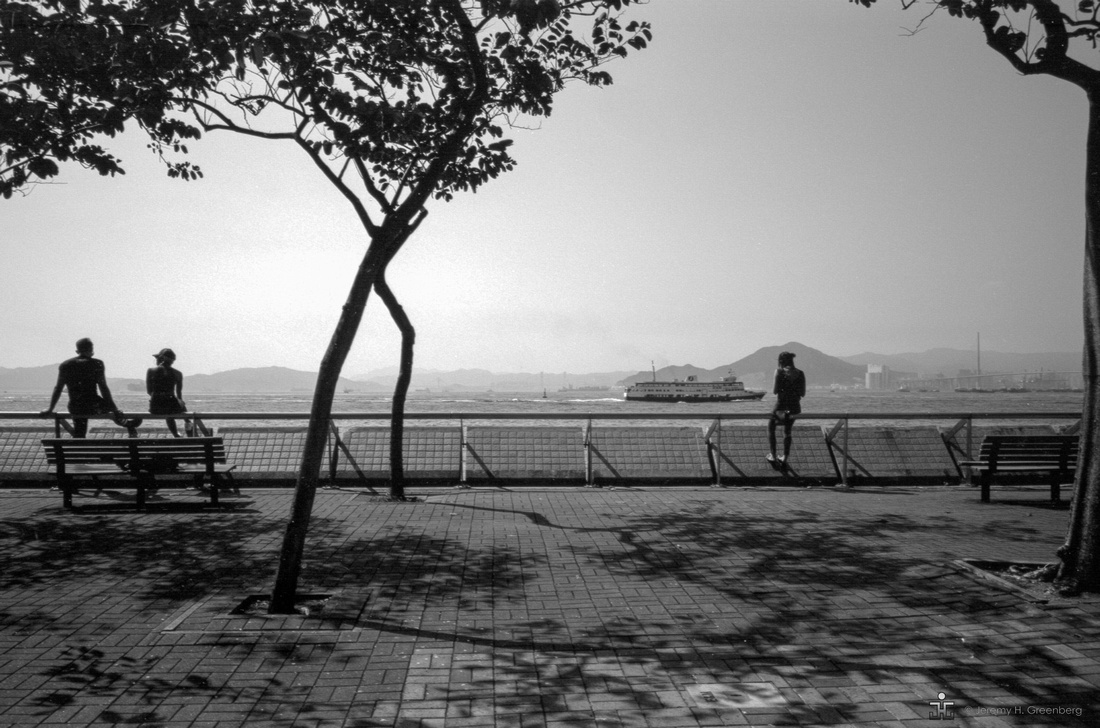



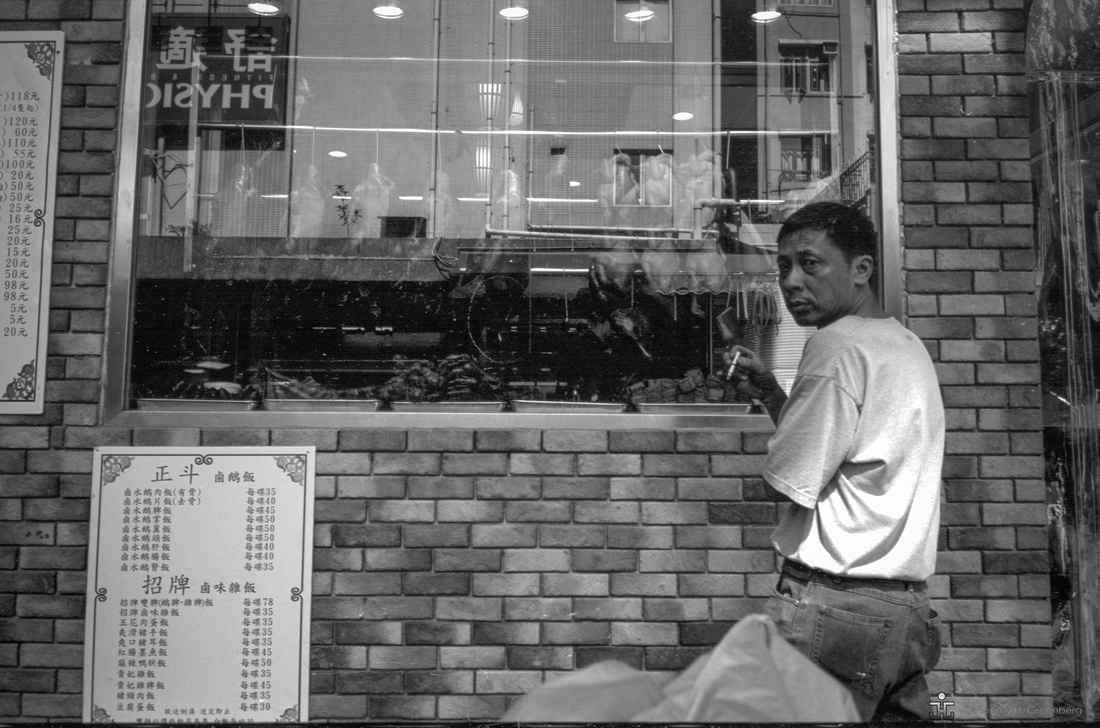

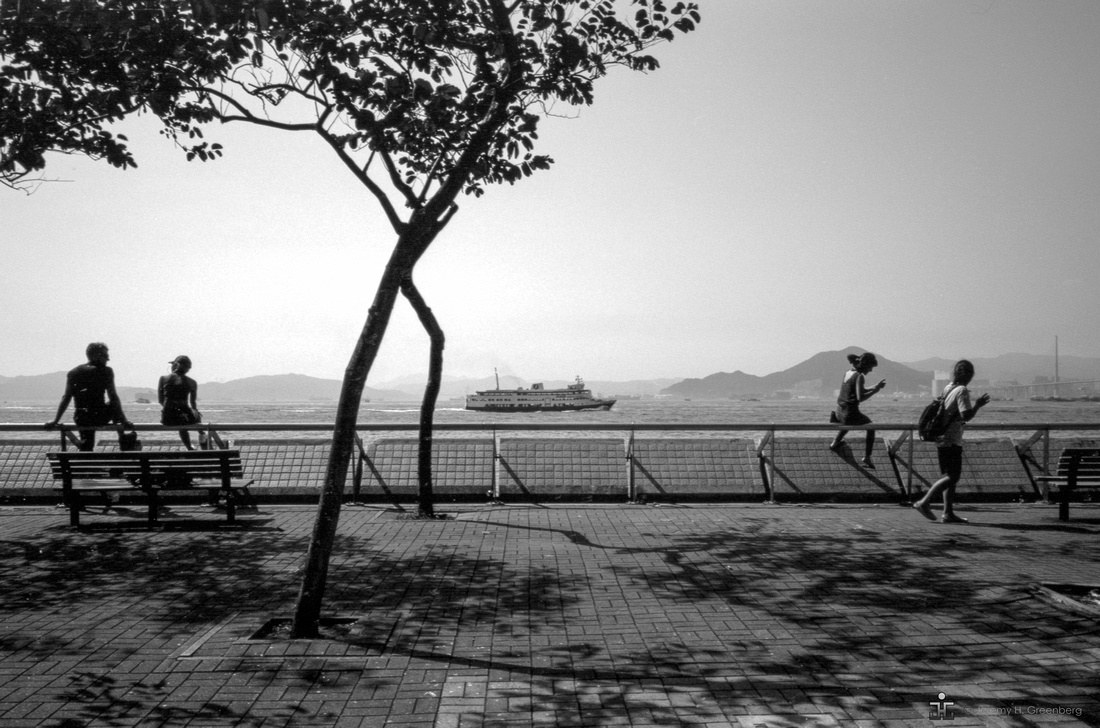

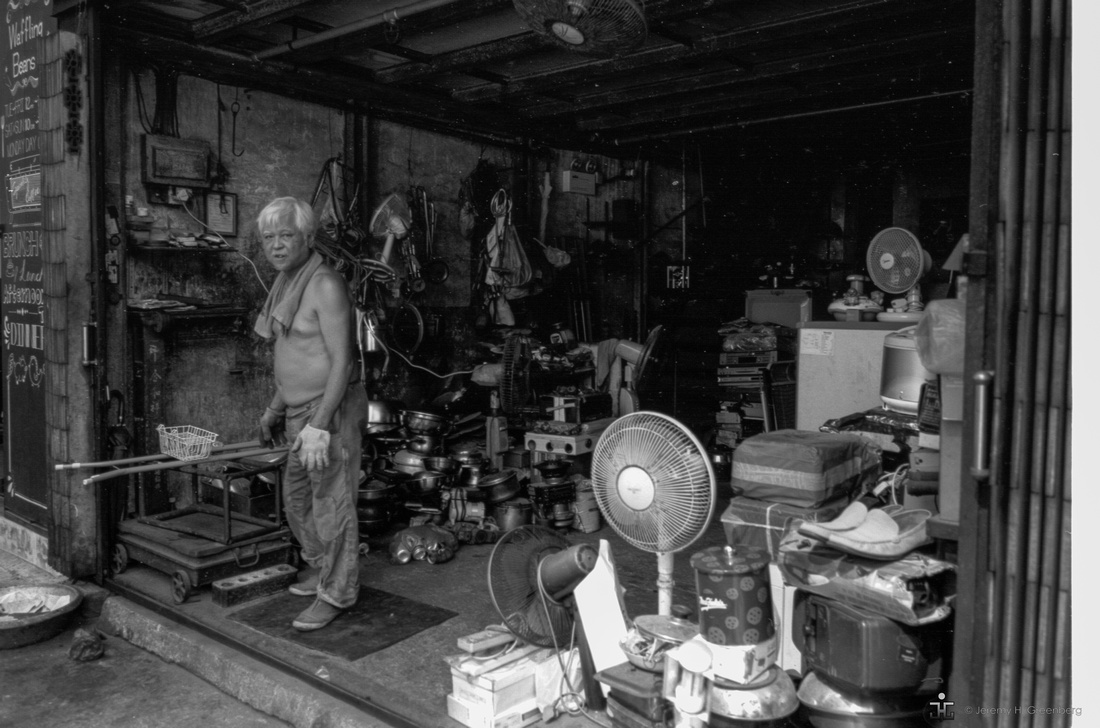

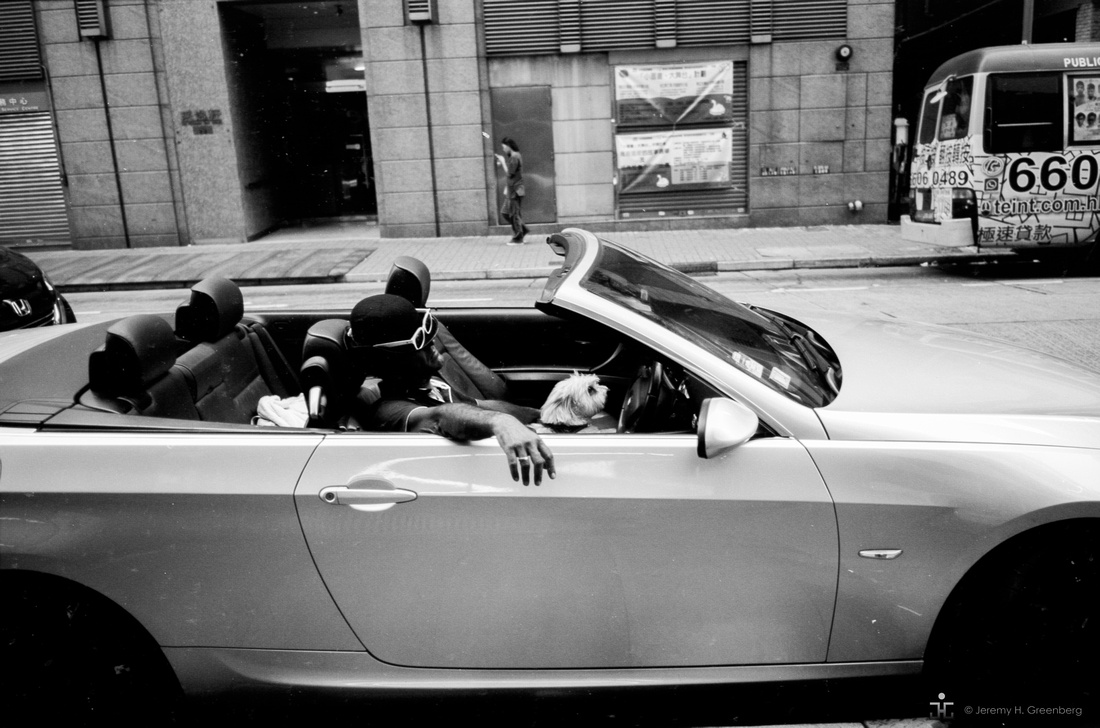



Blog #71 Working Creatively
Blog #71 Working Creatively
Ever since I took a black and white film photography class in high school, I loved making pictures. When I came back to photography years later, it was with a renewed passion and love of the medium and the creative process. Photographers may struggle to keep pace, as many other creatives do, while jogging down the path of creativity. How does one stay motivated? How does one stay original?
We are all challenged to find our own style, to find our voice, to make images about things rather than images of things. Sure, projects, assignments, and working on a Project 365 can work to push you forward and practice your craft. What else can we do to keep those creative juices flowing especially in those lean times?


I’ve been listening to a podcast called LensWork that offers some sound advice on the subject.
How to Live a More Creative Life (Artsy) suggests travel, surrounding yourself with creative people, trying new things as well other food for thought on the subject.
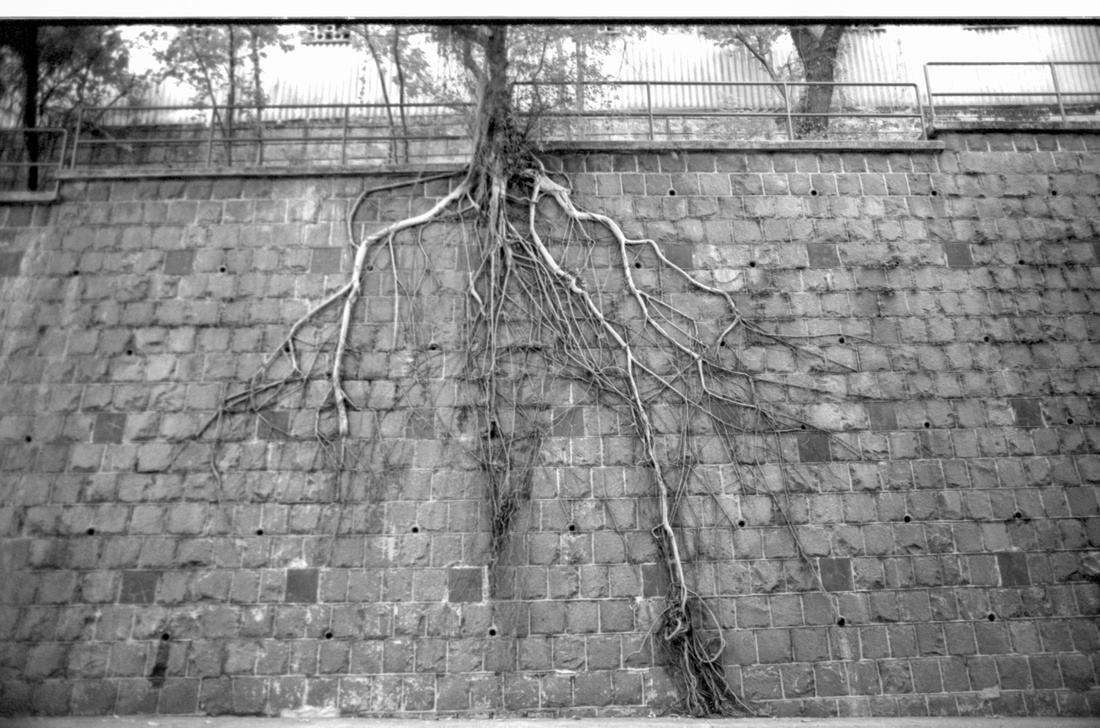



The topic of creativity can be quite controversial as many people consider it a trait that you either have [from birth] or you don’t got it. Creatively, in fact, can be taught and measured. In a simple but brilliant experiment using preschool children and block building, psychologists Goetz & Baer (1973) used social praise only when the children produced block formations that differed from the previous ones that they made. The researchers showed in a simple but observable way that you can teach [and measure] creativity. If we were to extrapolate their results to adult picture making, it seems that involving oneself in workshops and seeking critique might be a logical progression.
Indeed, I love how fantasy novelist Ursula K. LeGuin puts it:
“The adult artist is the child who has survived.”
Fight! Survive! Be Creative!
Remember, the light is always right.
jhg
Images in this blog post are original and made with a Nikon SLR, 24mm lens and Rollei 400 Infrared 35mm film and developed at home after a hike with my wife Christine and dog, Pepe.
Blog #58 Micro & Macro Education in Photography
Blog #52 Marc Levoy’s 18 Lectures on Digital Photography
Blog #42 It’s All in the Details
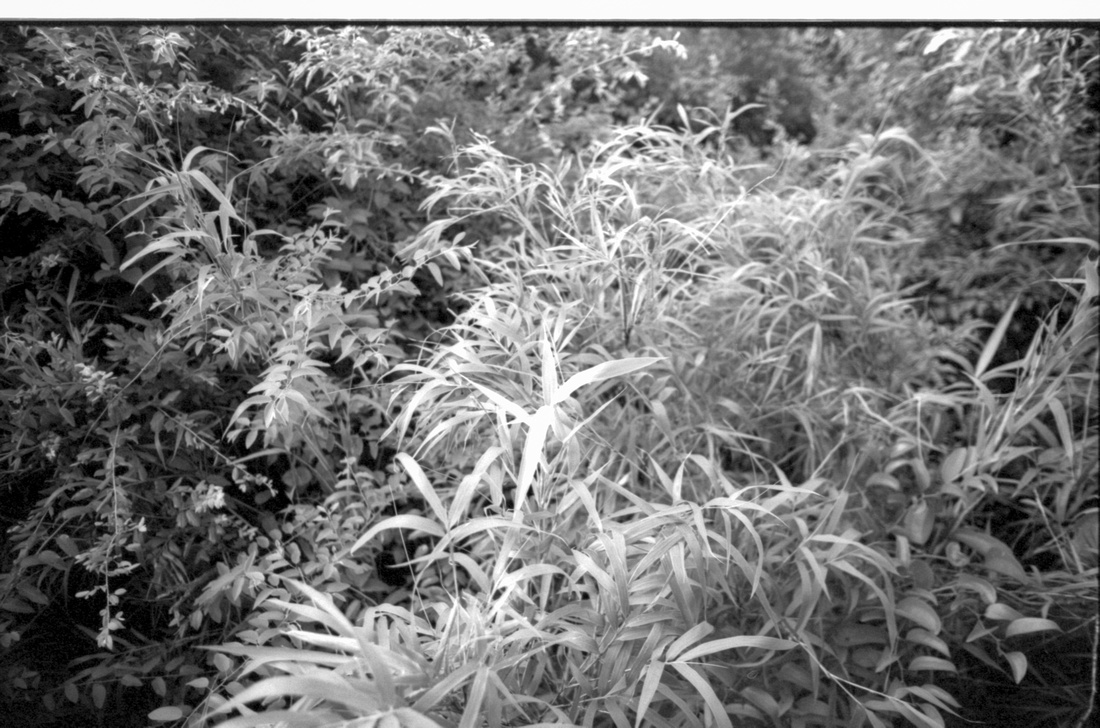

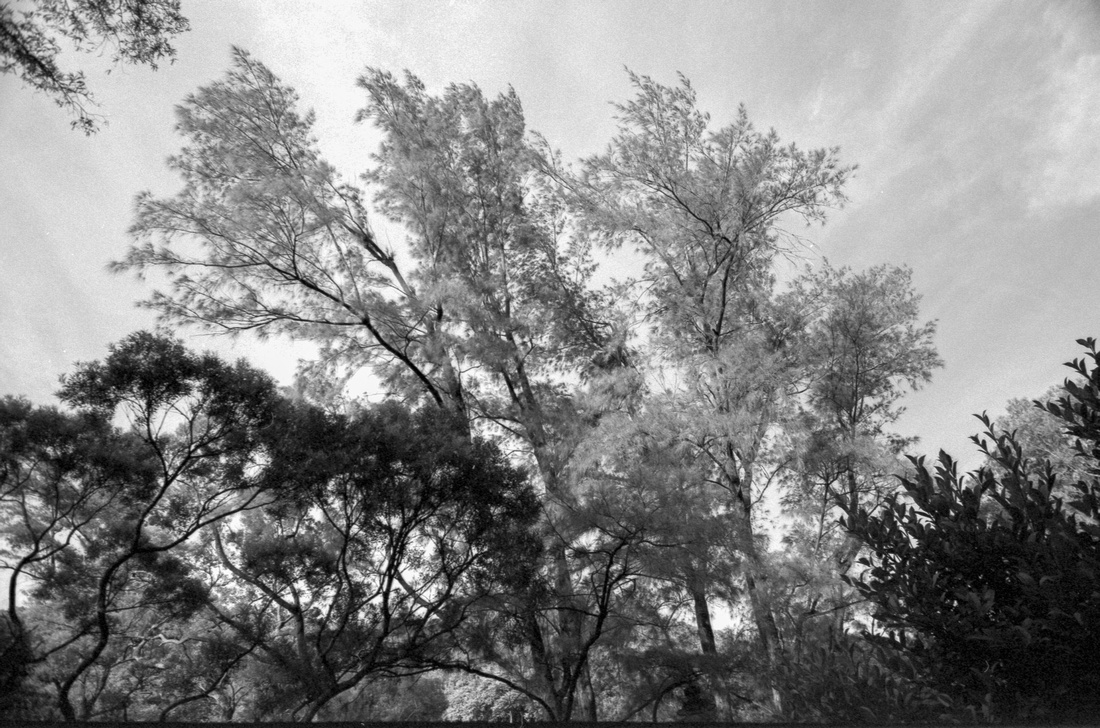

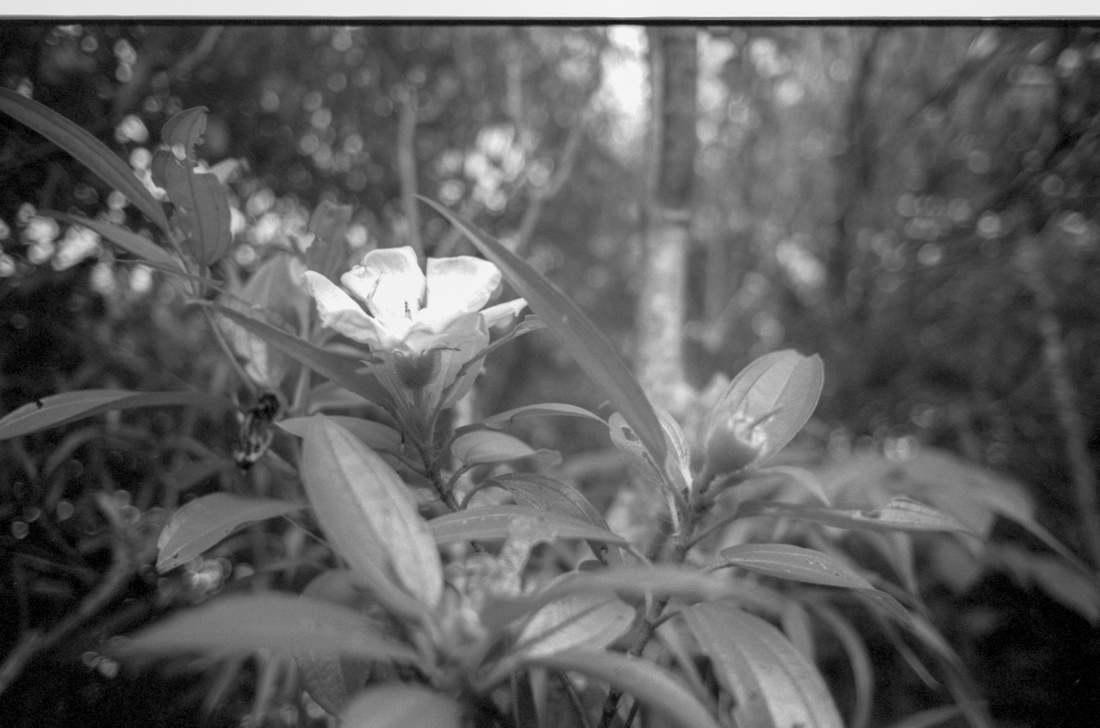

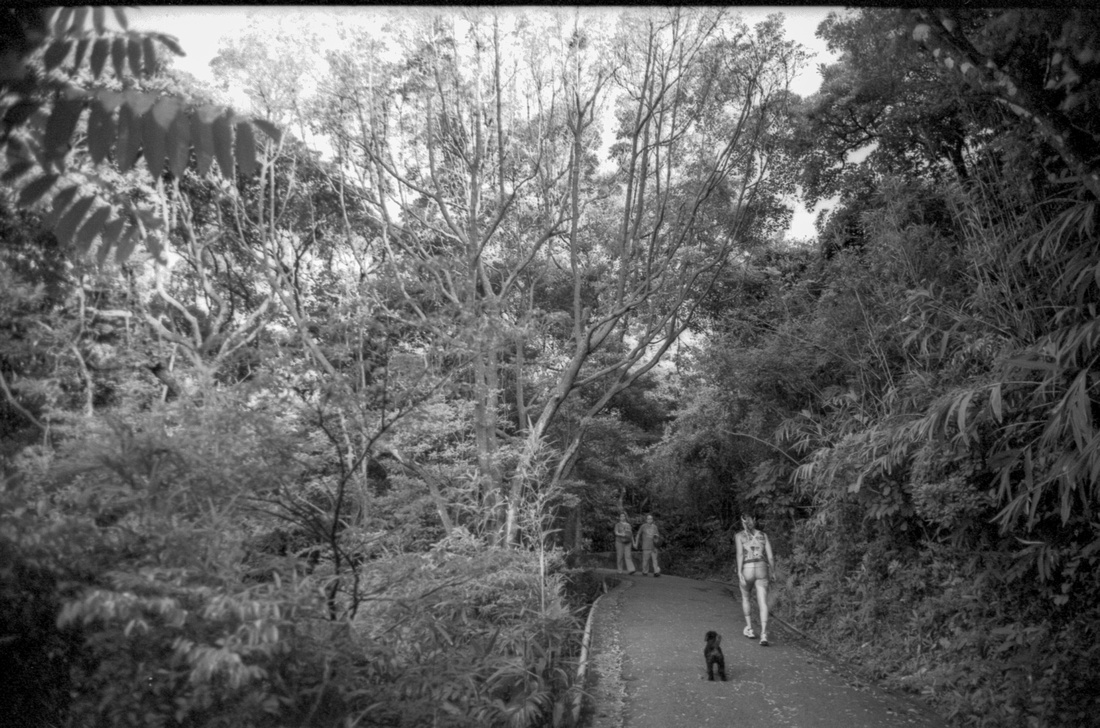

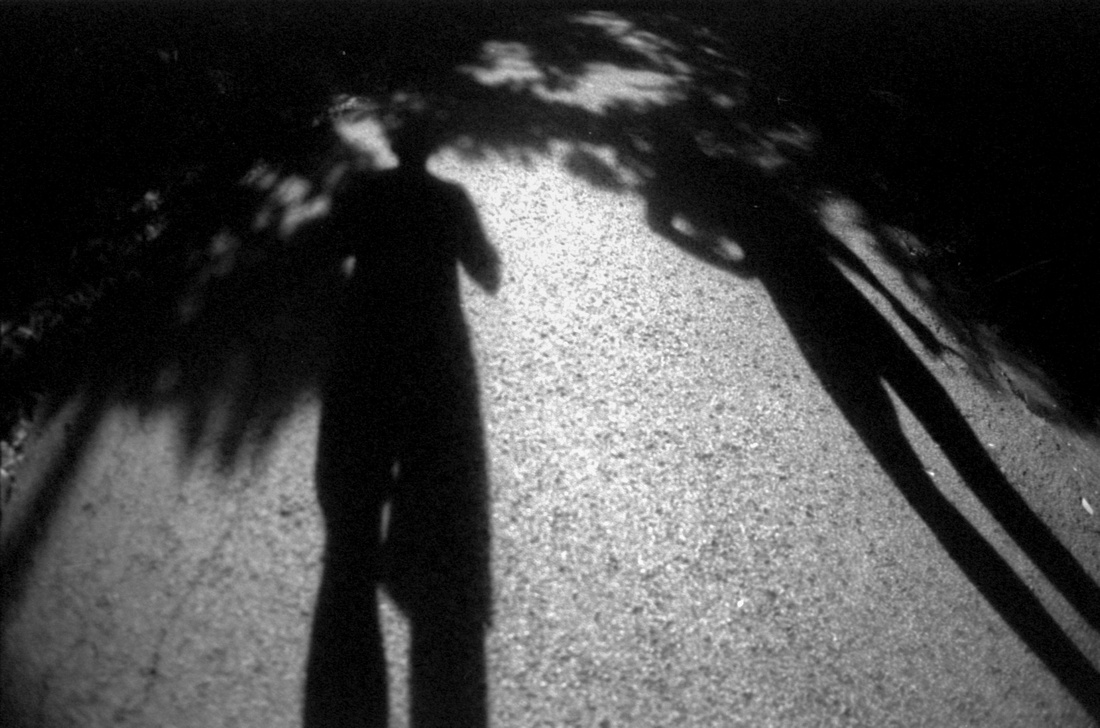

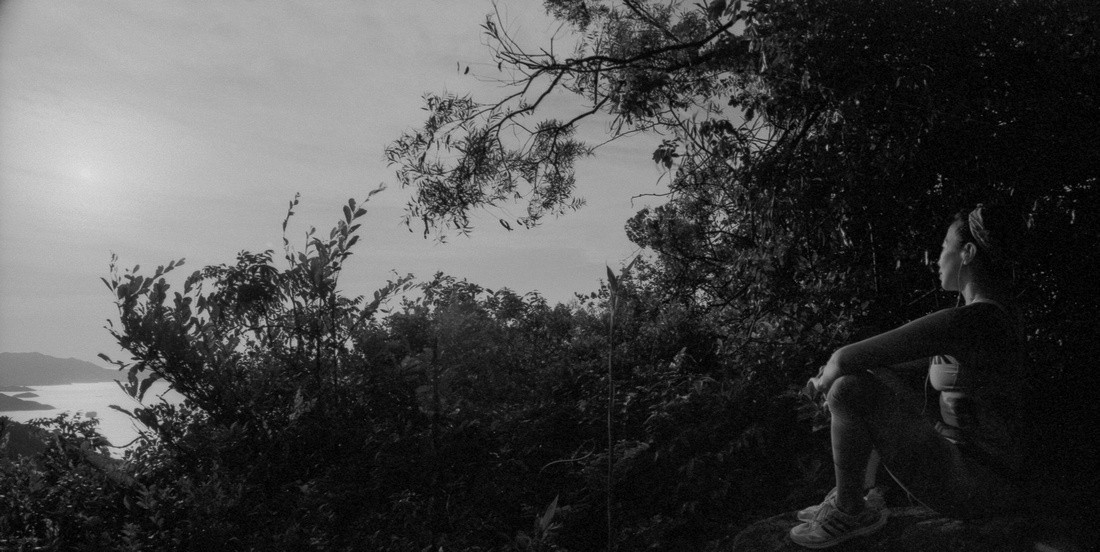

Blog #70 Photography “Quotations” Part 2
If you’re like me, you read a lot [I read everything!] and you enjoy the random quotation that floats across your field of view from time to time. Some make me stop and think. A really good quotation can be applicable to anything and anyone. They don’t ALL relate to photography, per se. But then again, maybe they do in a profound way. At least to me they seem to be speaking about photography.
If you read below, you will see my most recent list of favourite quotations by random people, most of whom you will have heard of. They all relate to photography in one way or another or at least the creative process. I will not provide reasons or rationale for this connection since it will take to much space and I would rather that you find your own connections to these quotes and how they relate to you and your creative process.
The images below the quotes are original photos that I made using my Fujifilm X-E2S while travelling in the Philippines.
*****
“When you photograph people in color, you photograph their clothes. But when you photograph people in black and white, you photograph their souls!”
- Ted Grant Canadian photojournalist
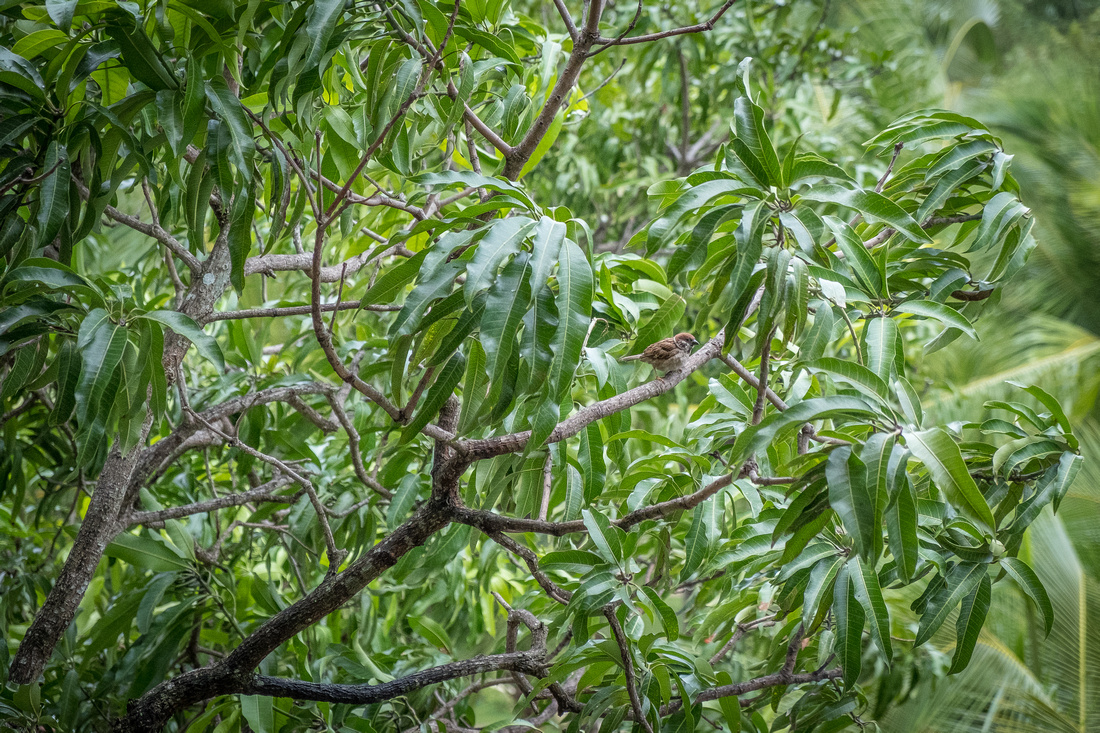

“Reinforcing contingencies shape the behavior of the individual, and novel contingencies generate novel forms of behavior. Here, if anywhere, originality is to be found.”
From B.F. Skinner’s Science and Human Behavior Chapter 16: Thinking (p. 255)
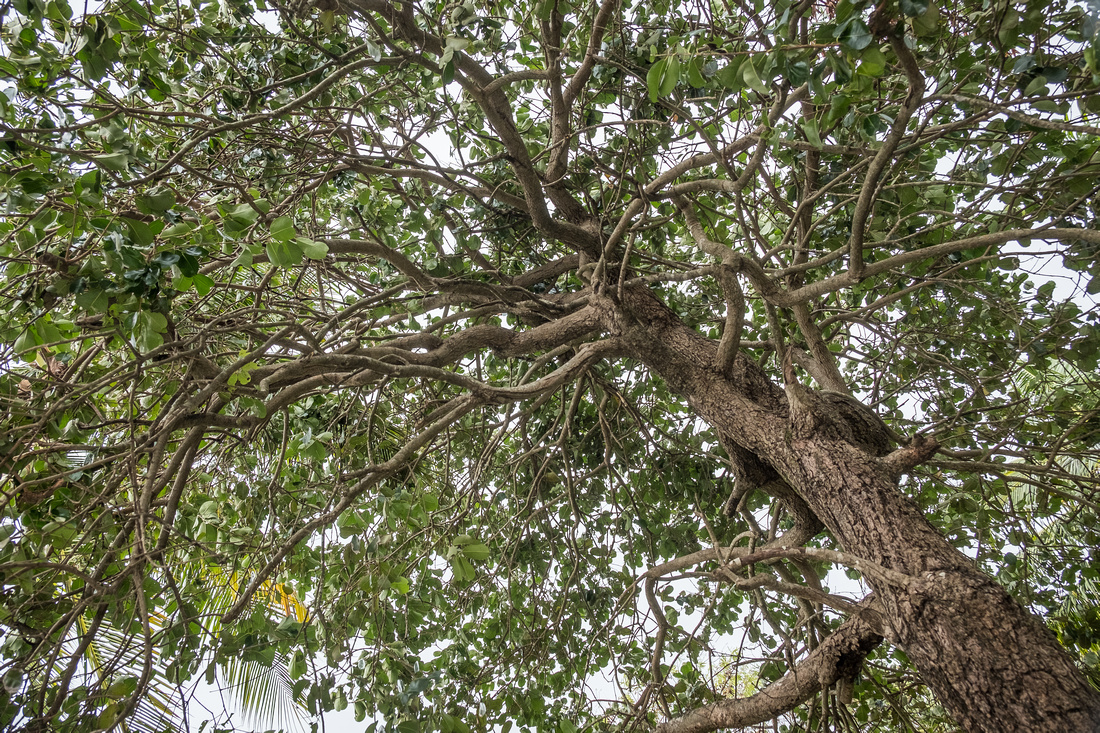

“Which of my photographs is my favourite? The one I’m going to take tomorrow.”
– Imogen Cunningham


“Education is not preparation for life. Education is life itself.”
- John Dewey
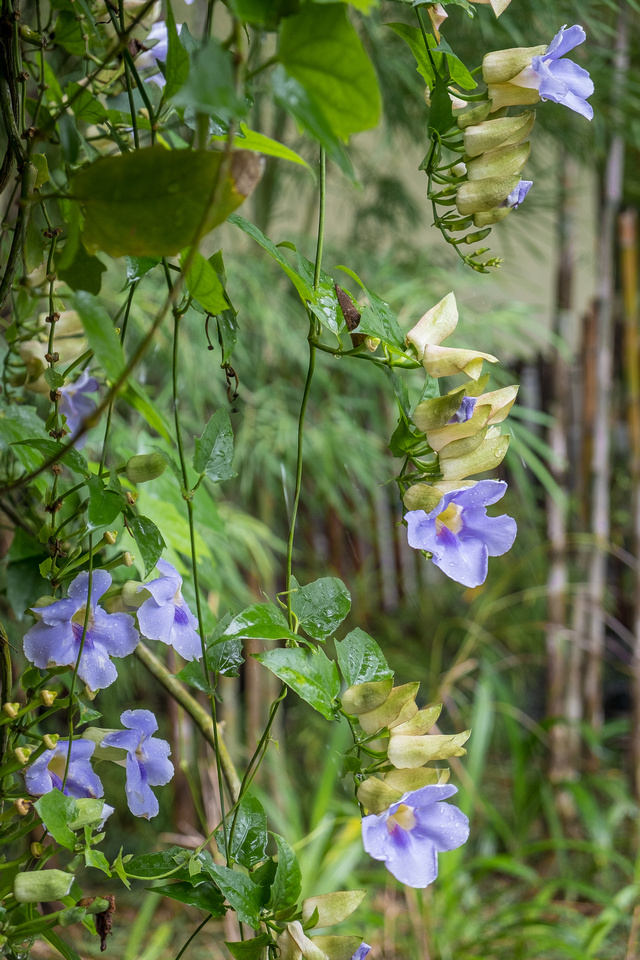

“In order to be irreplaceable, one must always be different.”
-Coco Chanel
“The best color in the world is the one that looks good on you.”
- Coco Chanel
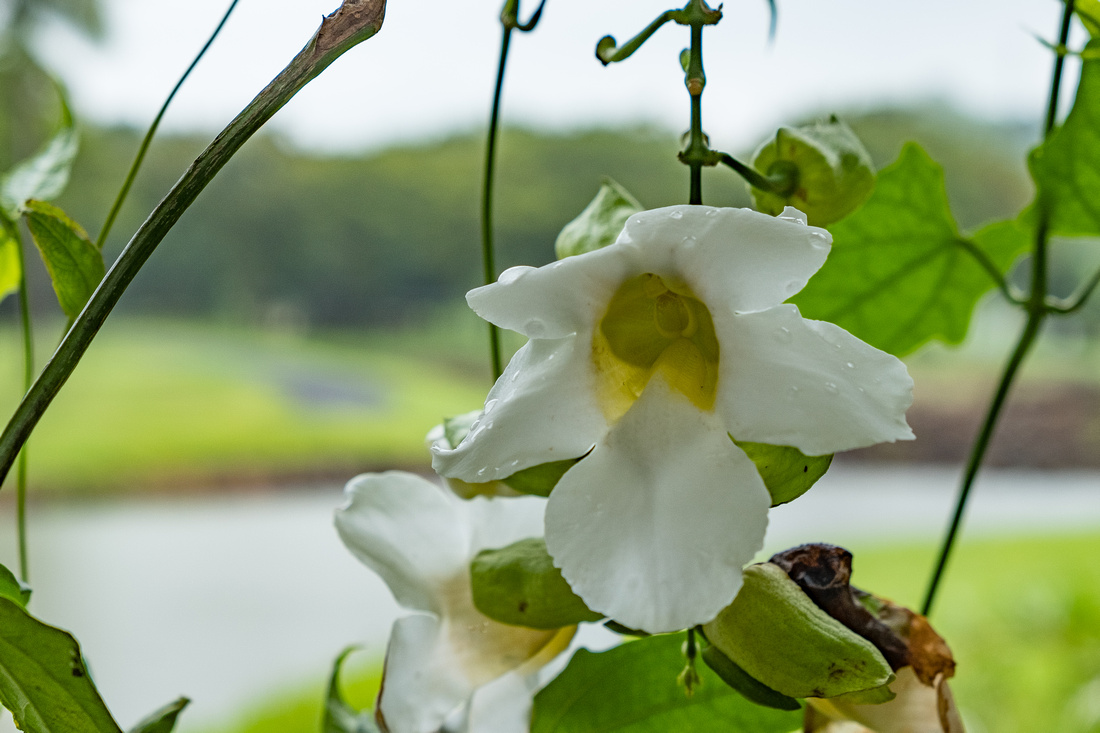

“. . . as a modern authority has pointed out, it is as difficult to explain how we see a picture in the occipital cortex of the brain as to explain how we see the outside world, which it is said to represent.”
From B.F. Skinner’s About Behaviorism Chapter 5: Perceiving (p. 90)


"Life is what happens to you when your busy making other plans"
-John Lennon
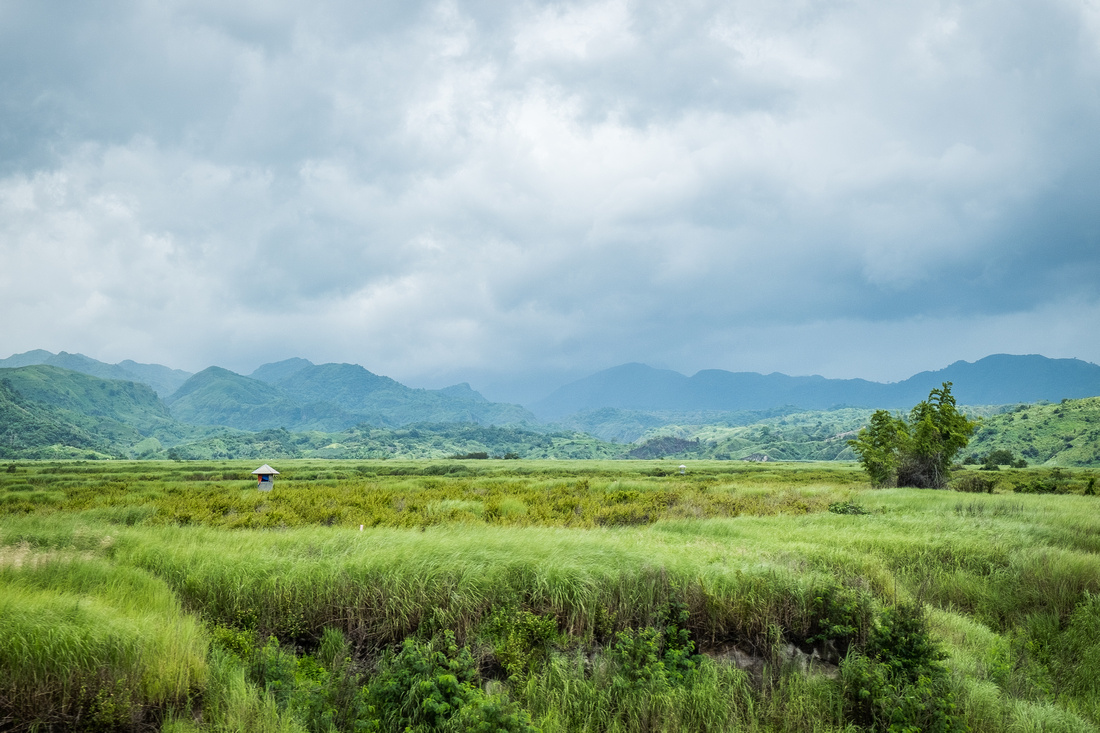

"Man plans and God laughs.”
-Old Jewish Proverb
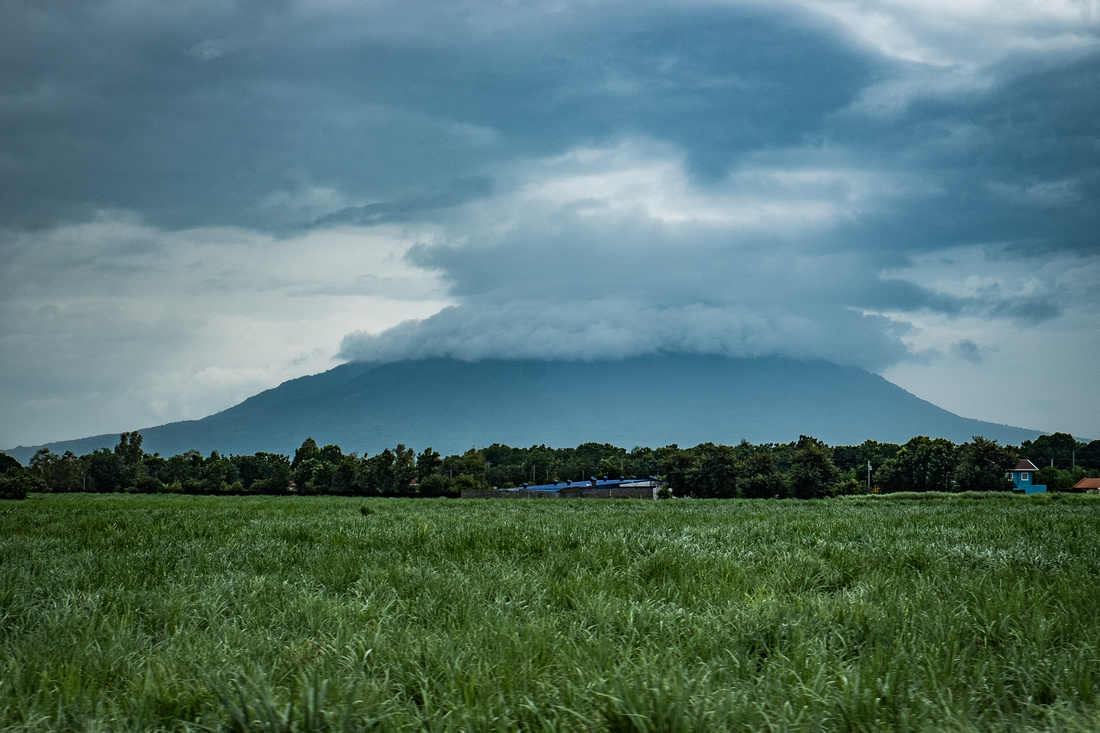

“Art is what you can get away with.”
-Andy Warhol
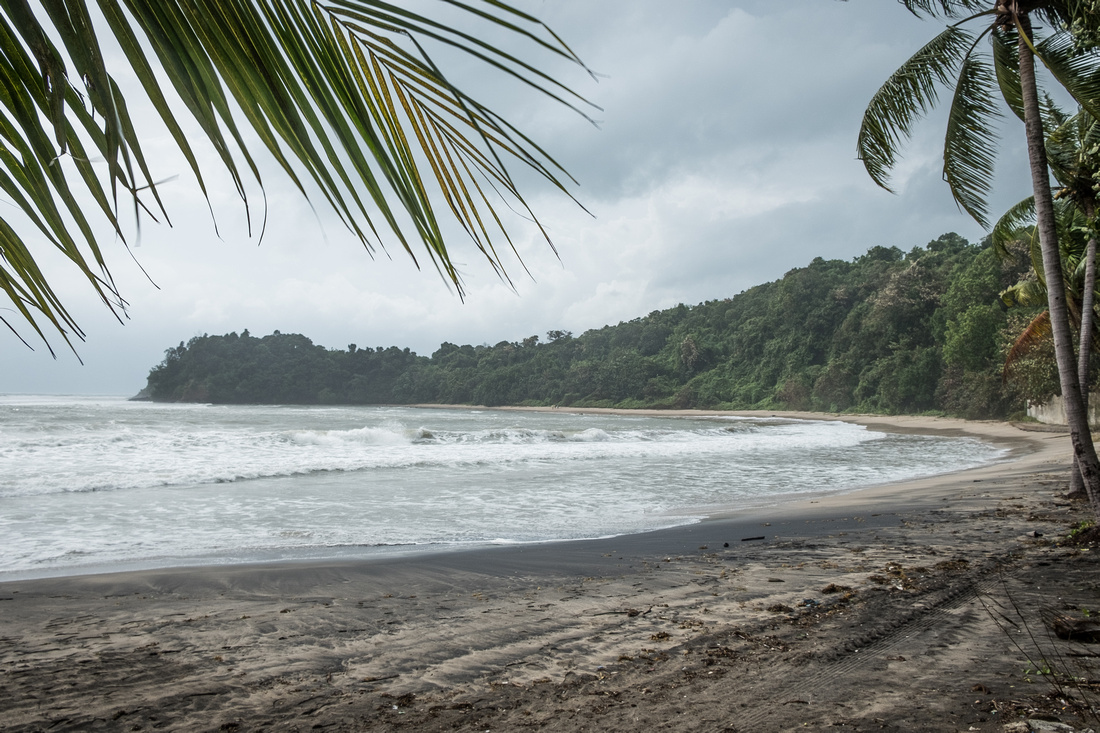

“The very meaninglessness of life forces a man to create his own meaning.”
- Stanley Kubrick
“The most terrifying fact about the universe is not that it is hostile but that it is indifferent; but if we can come to terms with this indifference and accept the challenges of life within the boundaries of death — however mutable man may be able to make them — our existence as a species can have genuine meaning and fulfilment. However vast the darkness, we must supply our own light.
- Stanley Kubrick
“I went into photography because it seemed like the perfect vehicle for commenting on the madness of today's existence.”
-Robert Mapplethorpe
The light is always right.
jhg
Past Blog Posts
Blog #31 Photography Quotations
Blog #62 Shooting [from] A Plane
Blog #10 Self Improvement, Formal Study in Photography Part 2
Blog #69 On Restrictions
Restrictions in creatively can be a good thing that actually facilitates and improves the creative process. But how?
First off, if you are a beginner or hobbyist in photography, there is great value in casting your net widely. In other words, experiment with various formats, film, digital, working with lenses, genres, do a Project 365, work on various projects, portraits, travel, etc… After you master the technical settings of your specific camera(s), the next step is to find your artistic voice. What do you want to say through your images?
Eventually, you can work your way up to story writing, and other creative challenges and projects with images. Thinking of a project can be a bit daunting as there are an infinite number of possibilities out there in the big wide world.
After the initial period of experimentation which will vary from person to person you will likely settle into a small set of cameras, lens, genres, projects, and such. It’s like sanding wood, you move from course to fine, systematically.
At this point in your creative career (or hobby for that matter), it might be helpful to establish some self-imposed restrictions. Interestingly, these can be good in short bursts and actually improve and focus your creative process, image making, and therefor photography.
Some examples of restrictions are as follows:
- Use only one focal length lens for a one month or up to one year.
- Shoot film only on vacation.
- Avoid buying any new gear for a while and stick with what you have.
- Only shoot in color (or black and white) for a while day or week, or longer
- Make images only of people.
- Choose one genre such as macro, landscape, or architectural photography and make only images of those subjects.
- Avoid posting anything on social media for a week or month.
- Do a project 365.
Although is seems like the task of making images within narrow parameters like these will somehow limit your creative process or result in a boring, homogenous group of images, actually, the opposite happens. It’s really a paradox effect sort of thing. By setting limits, you will somehow start to take a deep dive into the creative process. The results will be well worth it.
The small set of images below were the result of setting the limit (for a day on a family holiday) of only shooting black and white.
What limits will you set for yourself?
Remember, the light is always right!
See these related Blog posts for more tips and techniques on how to improve your photography:
Blog # 46 What Makes Art Worthy?
Blog # 42 It’s All in the Details
Blog # 16 Special Edition 2016: Project 365 Complete!


